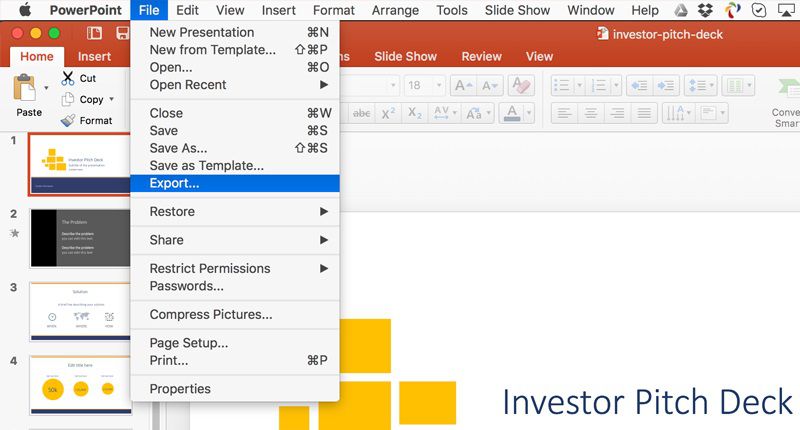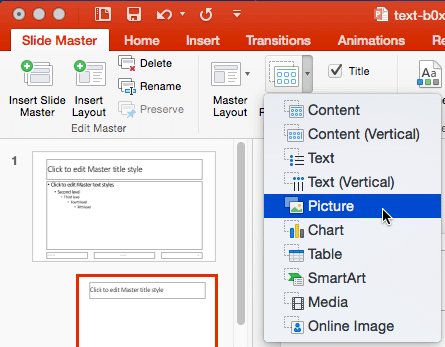



From the resultant drop-down gallery, select the Delete Columns option (refer to Figure 8 again).Updated to macOS Data Recovery Tips by Lopez on Mar 18, 2022 To delete a particular column(s) select the corresponding column(s) and click the Delete button, as shown highlighted in red within Figure 8.From the resultant drop-down gallery, selectthe Delete Rows option (refer to Figure 7 again). To delete a particular row(s) select the corresponding row(s) and click the Delete button, as shown highlighted in red within Figure 7.Follow these steps to delete a row or a column:.Similarly, clicking the Right button (highlighted in red within Figure 6) with a column selected, will add a new column after the selected column.įigure 6: Insert a new column after the selected columnĭelete Table Rows and Columns in the Middle.To add a column before a particular column, select the column and click the Left button (highlighted in red within Figure 5), as shown in Figure 5.įigure 5: Insert a new column before the selected column.Similarly, clicking the Below button (highlighted in red within Figure 4) with a row selected, will add a new row below the selected row.įigure 4: Insert a new row below the selected row.Then click the Above button (highlighted in red within Figure 3) within the Table Layout tab, as shown in Figure 3.įigure 3: Insert a new row above the selected row To add a row above a particular row, select an adjacent row.Follow these guidelines to add a new Table row somewhere in between the table:.If you directly typed a number into the Rows and Columns numbered list boxes, the selected table will be immediately updated by adding or deleting the rows/columns as required, so that the number of rows and columns within the table match the typed number.

Click the down-arrow within the Columns numbered list box once to reduce the number of columns in the table by deleting the last (right-most) column.Īdd or remove table rows and columns in the end as required, following the above guidelines.Click the up-arrow within the Columns numbered list box once to increase the number of columns in the table by adding a new column at the end (towards the right of the table).Click the down-arrow within the Rows numbered list box once to reduce the number of rows in the table by deleting the last (bottom-most) row.Click the up-arrow within the Rows numbered list box once to increase the number of rows in the table by adding a new row at the end.Follow these guidelines to use these numbered list boxes: Digits shown within the Rows and Columns numbered list boxes (highlighted in red within Figure 2, above) represent the total number of rows and columns within the selected table.These options will help you add and remove rows and columns.įigure 2: Rows and Columns group within the Table Layout tabĪdd/Remove Table Rows/Columns in the Bottom/Right Ends This group includes two numbered list boxes named Rows and Columns (highlighted in red within Figure 2) and five buttons named Above, Below, Left, Right, and Delete (highlighted in blue within Figure 2). Within the Table Layout tab, locate the Rows & Columns group as shown in Figure 2.They only make an appearance when you are working with a particular slide object which can be edited using these options. These tabs are special tabs in the Ribbon that are not visible all the time. Note: Table Layout tab is a Contextual tab.


 0 kommentar(er)
0 kommentar(er)
